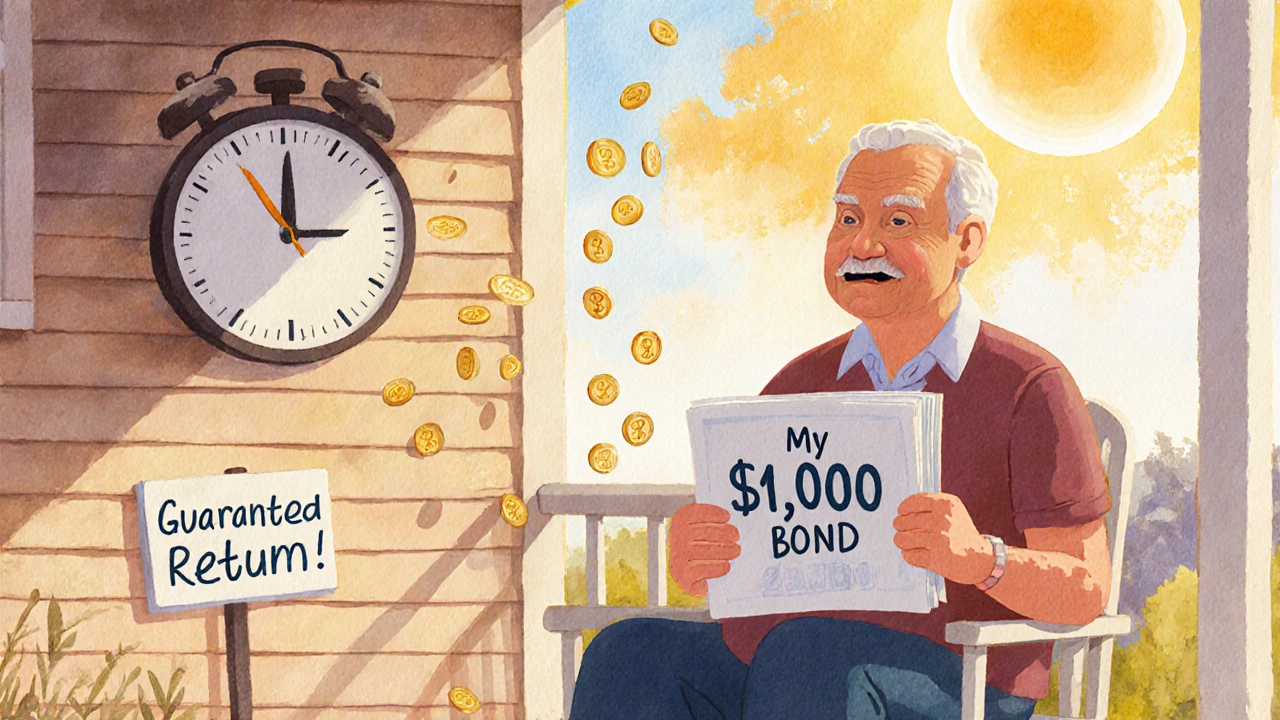Bond ETFs: How They Work, Why They Matter, and Which Ones Actually Deliver
When you buy a bond ETF, a basket of bonds traded like a stock that gives you exposure to government, corporate, or municipal debt without owning any single bond. Also known as fixed income ETFs, they let you earn regular interest payments while avoiding the hassle of buying $5,000 minimum bonds one at a time. Unlike stocks, bond ETFs don’t promise growth—they promise income. But that doesn’t mean they’re simple. Their value swings with interest rates, inflation, and credit risk, and not all bond ETFs are built the same.
One big thing to watch is interest rate risk, how bond prices drop when central banks raise rates to fight inflation. If you own a long-term bond ETF and rates jump, your fund’s value can fall fast—sometimes more than you expect. That’s why many investors mix short-term bond ETFs into their portfolios to stay steady during volatile times. Then there’s credit risk, the chance a company or city can’t pay back what it owes. High-yield bond ETFs pay more, but they’re closer to stocks in risk. And don’t ignore expense ratios, the yearly fees that eat into your returns, even if you don’t see them on your statement. A 0.1% fee might seem tiny, but over ten years, it can cost you hundreds on a $10,000 investment.
Bond ETFs aren’t just for retirees. They’re tools for anyone who wants to reduce the rollercoaster of stocks. If you’re holding tech stocks that dropped 30% last year, a well-chosen bond ETF can help you sleep better at night. But picking the right one isn’t about the name on the label. You need to dig into what bonds are inside—U.S. Treasuries? Emerging market debt? Corporate junk? And how long are those bonds? A 1-3 year ETF behaves totally differently than a 20-year one. The posts below show you how to compare them side by side, spot hidden fees, and avoid traps that catch even smart investors.




